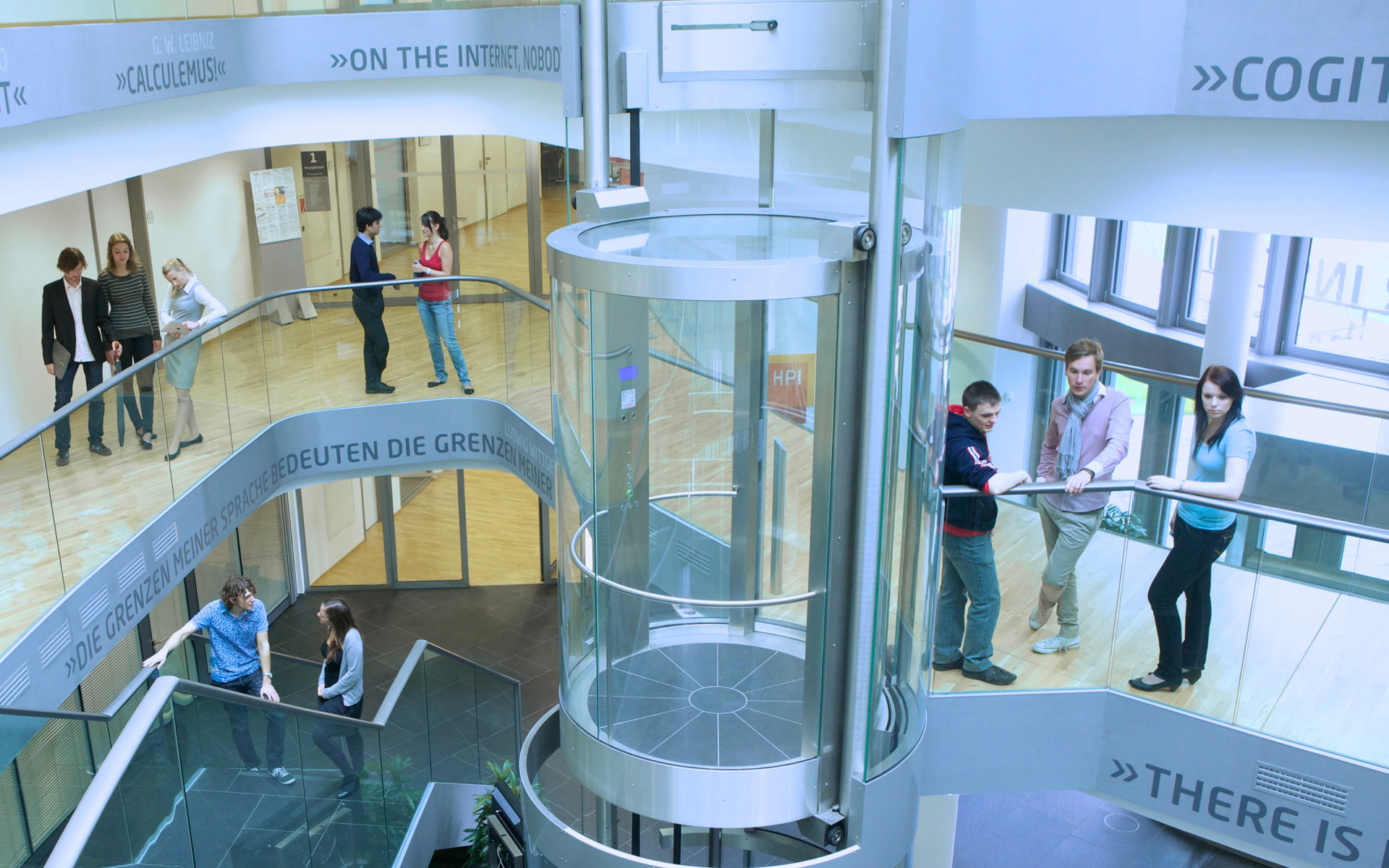Digital libraries often contain many heterogeneous documents and cover a variety of topics. Computer generated virtual maps of such collections can help to get an overview and explore the data. The position of each document from the corpus on this virtual two-dimensional map is determined by its semantic similarity to the other documents. However, the computed layout of the data may not adhere to the expectation of domain experts. For example, to get an overview over large, heterogeneous document collections, different semantic aspects need to be considered. A financial expert may want the layout to reflect different aspects of the data as opposed to an environmental expert. Therefore there is a need to manipulate the two-dimensional projection by implicitly telling the layout algorithm on which aspects to focus.
To this end, we propose a novel approach that enables users to interactively curate the layout of the data. By dragging only a few documents on the canvas, the user can adjust the computed layout to better reflect the expected interpretation of the underlying data. To do so, we use the new position of a document and similarity to other documents based on their proximity on the map to update the layout algorithm. We demonstrate the effectiveness and robustness of our approach using a series of real world datasets.

